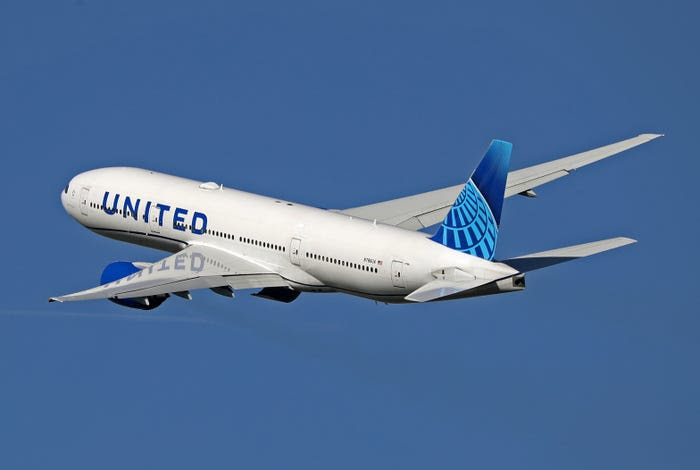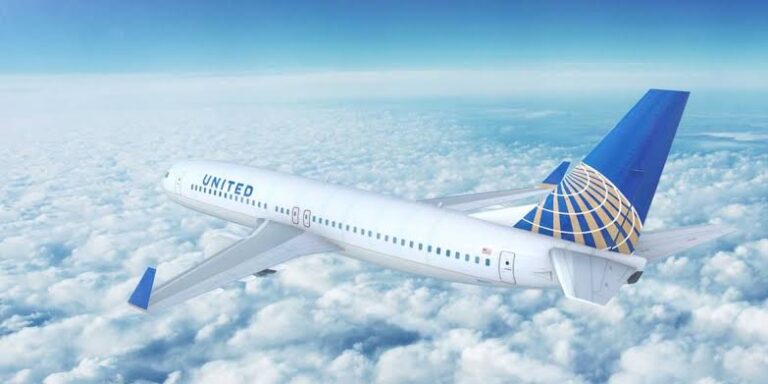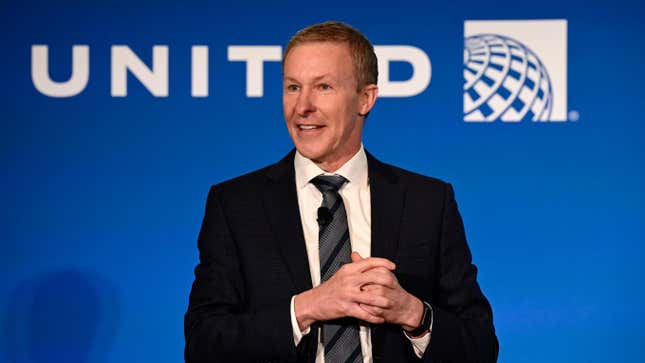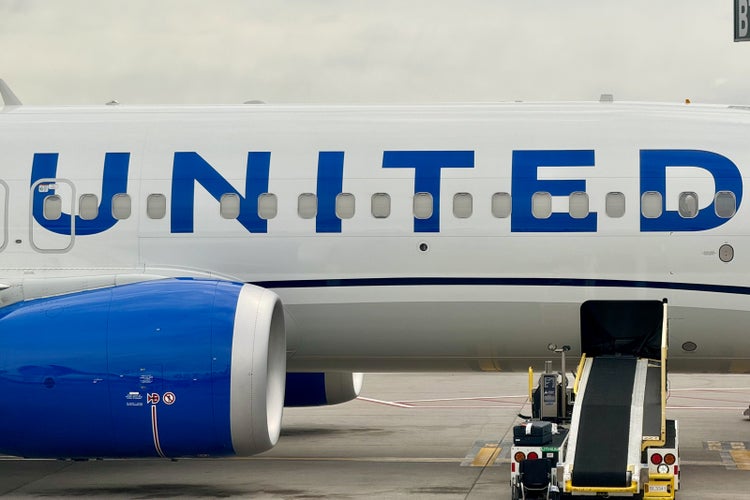United Airlines rakes in $1.7b pre-tax earning Posted on July 18, 2024 by Wole
United Airlines (UAL) has reported second-quarter 2024 financial results. The company had pre-tax earnings of $1.7 billion, with a pre-tax margin of 11.6%; adjusted pre-tax earnings1
The company also achieved diluted earnings per share of $3.96; and adjusted diluted earnings per share1 of $4.14, in line with second-quarter 2024 guidance provided at the start of the quarter. The company continues to expect full-year 2024 adjusted diluted earnings per share2 of $9 to $11.
For nearly two years, the airline has been anticipating significant domestic capacity reductions of $1.8 billion, with an adjusted pre-tax margin of 12.1%.
The company expects the pre-tax margin to be near the top of the industry recently announced by a variety of U.S. airlines this summer and mid-August is an inflexion point, with published schedule changes showing an approximately 3-point decline in industry capacity growth rate.
The airline expects three critical revenue diversity advantages that propelled it to the top of the industry during this challenging period to further accelerate.
The first, premium revenue, grew 8.5% in the second quarter versus the same quarter last year. The second, Basic Economy revenue, grew 38% year-over-year during the quarter. The third, market share among domestic road warriors, increased during the quarter year-over-year.
“The revenue diversity advantages that we’ve built with our premium customers, Basic Economy customers, and domestic road warriors, on top of the world’s best loyalty program and leading customer service, have propelled our margins to near the top of the industry,” said United Airlines CEO Scott Kirby. “Looking forward, we see multiple airlines have begun to cancel loss-making capacity, and we expect leading unit revenue performance among our largest peers in the second half of the third quarter. United has long been preparing for the moment when industry-wide domestic capacity would adjust – it’s now clear that inflection point is just 30 days away.”
United has also continued to strategically manage the business in the face of industry-wide challenges. United reduced costs and delivered CASM of down 4.8% and better-than-expected CASM-ex1 of up 2.1%.
The airline also generated net cash provided by operating activities of $2.9 billion and $1.9 billion of free cash flow1 in the quarter.
In early July, the company voluntarily prepaid the remaining balance of the high-cost MileagePlus term loan, totalling $1.8 billion, which further strengthened its balance sheet and reduced the airline’s interest burden in the years ahead. The airline ended the quarter with trailing twelve months adjusted net debt to EBITDAR of 2.6×3.
Looking ahead, United has also reduced planned domestic capacity by approximately 3 points in the fourth quarter, compared to the company’s previous plan – reflecting the airline’s firm commitment to taking action to adjust to current trends.
At United, we have been effectively managing costs, cash and capacity against a challenging industry backdrop because we’re focused on doing what’s necessary to hit our financial targets. Thank you to leaders across the company for embracing a ‘no excuses’ approach to running our business. It gives me confidence in our ability to achieve our $9-$11 EPS2 goal for 2024, despite the challenges the industry has faced this year,” said Kirby.
United Airlines (UAL) recently released its financial results for the second quarter of 2024, highlighting a series of strong performance metrics despite a challenging industry environment. The company achieved pre-tax earnings of $1.7 billion, which translates to a pre-tax margin of 11.6%. Adjusted pre-tax earnings were also reported, indicating robust operational efficiency.
Earnings per share (EPS) were notably strong, with diluted EPS reaching $3.96 and adjusted diluted EPS coming in at $4.14, aligning with the guidance provided at the beginning of the quarter. Looking ahead, United continues to project full-year 2024 adjusted diluted EPS in the range of $9 to $11, showcasing confidence in its financial outlook.
A significant factor in United’s recent performance has been its strategic management of capacity and cost reductions. For nearly two years, the airline has anticipated substantial domestic capacity reductions amounting to $1.8 billion. This strategic foresight has allowed United to maintain an adjusted pre-tax margin of 12.1%. The airline expects to be near the top of the industry in terms of pre-tax margin, as recent capacity adjustments across the industry are reflected in the published schedules, showing a 3-point decline in the growth rate.
United’s CEO, Scott Kirby, highlighted the airline’s diverse revenue streams as a critical advantage during this period. Premium revenue saw an 8.5% increase in the second quarter compared to the same period last year, while Basic Economy revenue surged by 38% year-over-year. Additionally, United’s market share among domestic road warriors has grown, contributing to the company’s strong performance. Kirby emphasized that these revenue diversity advantages, coupled with the world’s best loyalty program and leading customer service, have driven United’s margins to near the top of the industry.
Kirby also noted that multiple airlines have started canceling loss-making capacity, which United anticipates will lead to a strong unit revenue performance among its largest peers in the latter half of the third quarter. United has been preparing for an industry-wide adjustment in domestic capacity, and Kirby believes that this inflection point is imminent.
In terms of cost management, United has delivered a 4.8% reduction in CASM (Cost per Available Seat Mile) and achieved a better-than-expected CASM-ex (CASM excluding fuel and special items) increase of 2.1%. These efforts have contributed to the airline generating $2.9 billion in net cash from operating activities and $1.9 billion in free cash flow during the quarter.
An important financial maneuver for United was the early repayment of the remaining balance of its high-cost MileagePlus term loan, amounting to $1.8 billion. This move has strengthened the airline’s balance sheet and reduced its interest burden for the future. United ended the quarter with a trailing twelve-month adjusted net debt to EBITDAR ratio of 2.6x, further underscoring its financial health.
Looking forward, United has adjusted its planned domestic capacity for the fourth quarter, reducing it by approximately 3 points compared to previous plans. This adjustment reflects the airline’s commitment to aligning its operations with current industry trends and maintaining financial discipline.
Kirby praised the leadership across the company for their ‘no excuses’ approach to managing the business. This approach has enabled United to navigate industry challenges effectively and stay on track to achieve its financial targets, including the ambitious $9-$11 EPS goal for 2024.
Overall, United Airlines’ second-quarter results demonstrate its resilience and strategic acumen in a difficult operating environment. With a focus on cost management, capacity adjustments, and revenue diversification, United is well-positioned to continue its strong performance throughout the year.
N






